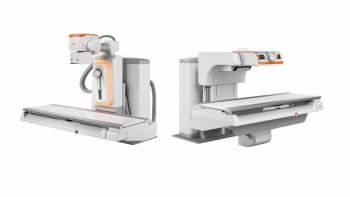
Digital X-Ray Okay for Black Lung Screening
The federal government’s rules would allow physicians to use digital radiography instead of film-based methods for testing under the Federal Black Lung program.
Digital X-Ray got the thumbs up from the federal government for screening black lung patients. The U.S. Department of Labor has finalized
According to the Department of Labor, the revised rules update the existing film-radiography standards and provide parallel standards for digital radiographs. The Office of Workers’ Compensation Programs (OWCP) based the new digital X-ray standards on those adopted last year by the National Institute for Occupational Safety and Health for its Coal Mine Workers' Health Surveillance Program.
Prior to this new rule, the OWCP’s standard for evaluation of black lung disease, or pneumoconiosis, only addressed film radiography. The new rule would allow the use of both film and digital X-rays.
Since the passing of the Federal Coal Mine Health and Safety Act of 1969, miners who were totally or permanently disabled by pneumoconiosis are eligible for compensation. To meet this requirement, miners must undergoing screening for black lung disease using radiography. However, no updates to the screening standards had been made since 1980.
“Digital radiography enhances our ability to determine the presence of black lung disease in a timely manner for coal miners and their families, which will in turn allow us to reduce the time required to make decisions on benefit eligibility,” Gary A. Steinberg, acting director of OWCP, said in a press release. “By adding digital X-ray imaging to the current film technology, all parties benefit from an expanded list of approved diagnostic providers. It will also reduce OWCP’s processing costs and give the parties greater access to modern medical technology.”
Newsletter
Stay at the forefront of radiology with the Diagnostic Imaging newsletter, delivering the latest news, clinical insights, and imaging advancements for today’s radiologists.




























